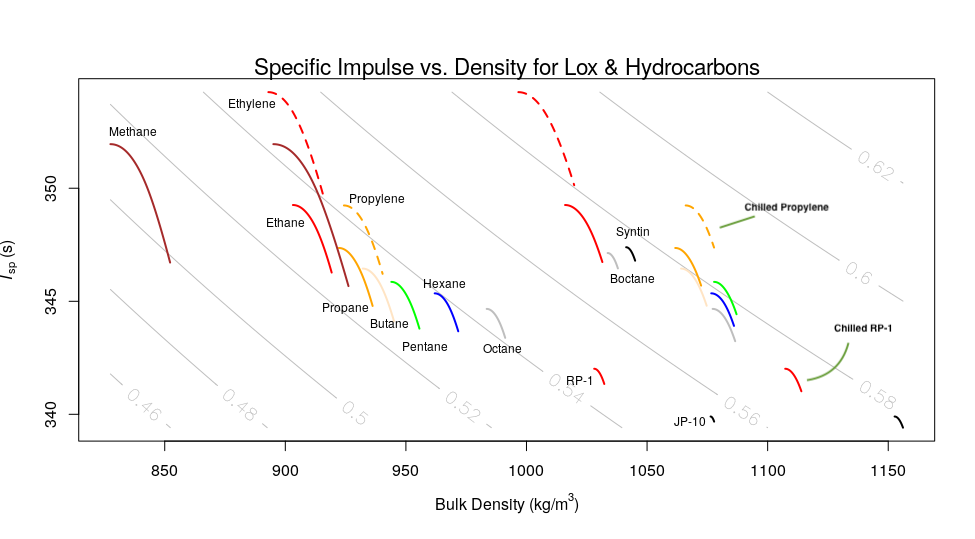Why did Orbex choose to use propane in combination with liquid oxygen, instead of for example methane, which boiling point is very close to oxygen's boiling point, allowing use of very thin insulation or even only structural skin?
Methane's freezing point, 90.7K, is practically the same as oxygen's boiling point 90.2K. Liquid oxygen could easily freeze methane in a shared-wall tank.
Propane stays liquid down to 85.5K, so both it and LOX can stay liquid over a 4 degree range.
(All figures from Wikipedia, I assume for sea level pressure, so pressurized in tanks the ranges are probably a little different.)
Liquid propane is also slightly denser than liquid methane; this leads to more compact tankage and a smaller rocket, which, depending on the engineering assumptions you make, can outweigh the slight specific impulse advantage of methane/LOX.
The gray diagonal contours on the chart from this answer represent payload mass fractions as a function of density and specific impulse given one particular set of assumptions -- you get more payload as you either go up (higher ISP) or to the right (higher density):

Note that each propellant has two curves on the chart; the left-hand one is for the fuel at a "normal" temperature (the lower of the fuel's boiling point, or room temperature), and the right-hand one is for the "sub-cooled" fuel. The curves themselves represent the density versus Isp tradeoff of different oxidizer-to-fuel mixture ratios. The sub-cooled propane curve is the right-hand solid yellow one, outperforming everything except sub-cooled ethylene or propylene.
